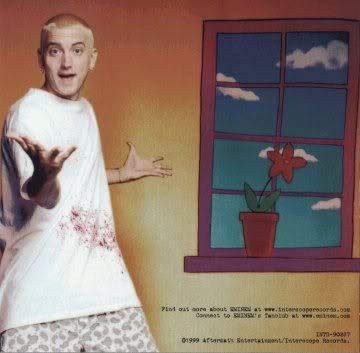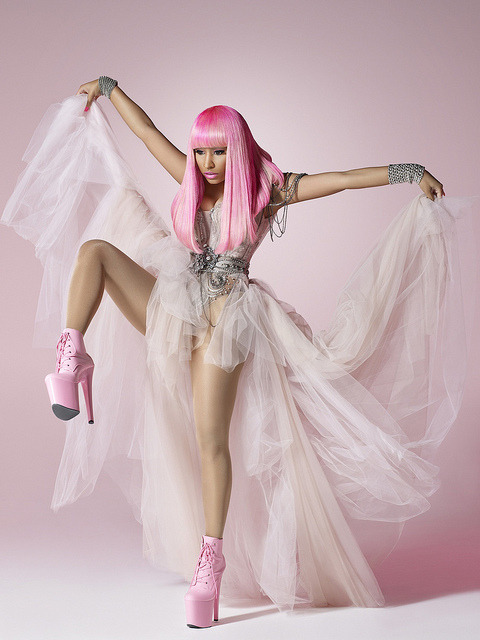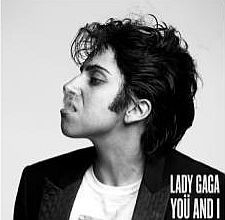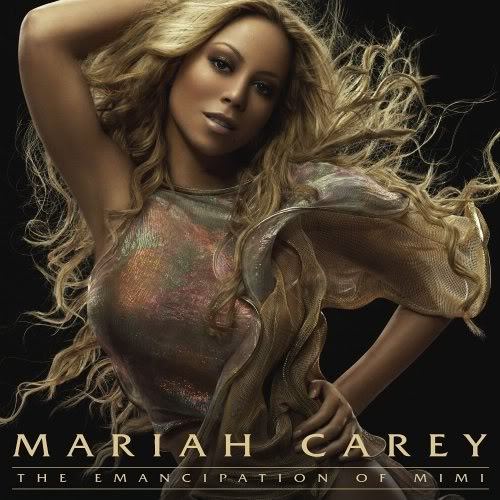
Perusing through
www.Ted.com, I stumbled upon a musician of
incredible talent: Evelyn Glennie.
Dame
Evelyn Glennie is a virtuoso percussionist and the very first full-time
percussionist. She performs at least 100 performances a year, owns over
1800
instruments, and has received over 80 international awards, according to
Cheryl Sucher of
The Listener.
A descendent of Scottish heritage, Evelyn
Glennie attended the Royal Academy of Music in London.
Such accomplishments are noteworthy for
anyone, but it is Glennie’s “disability” that makes her story much more
compelling.

Dame Evelyn Glennie lost her hearing at the age of 12.
As a result, her percussion instructor
focused her “hearing” music and pitches through feeling the sound waves with
her body.
She uses her body as a
resonance chamber and always performs barefoot as to accurately “hear” the
pitches, textures and colors of the music.
Upon deciding to pursue a degree in music, Glennie was rejected
by the Royal Academy of Music on the basis that they could not
determine the
“future of a 'deaf' musician”.
Her
response was if her acceptance was based on something other than ability, that
would speak volumes for students that were, in fact, accepted into the
academy.
She then auditioned once more,
and was accepted. Now, Glennie is a fellow of the London's Royal Academy of Music.

Dame Evelyn Glennie’s real purpose in life, she says, is to
“teach the world to listen”.
As
musicians, we read the music and follow the instructions on the sheet music.
In other words, we translate the music.
But as artistic beings, we must do everything that
is not on the sheet music for the piece to come to life. As artists, we do not just translate the piece, we interpret the music.
The deeper meaning behind Glennie’s story is
that we as people often look at others and make initial ideas and assumptions
about them, i.e. we “translate” them. As people, however, we should be listening to others and taking time with them
individually, in order to “interpret” them. We all do not interpret music and
people in the same fashion, but as long as we listen to each other, says
Glennie, we use our bodies as resonance chambers.
Want to read further about Evelyn Glennie? Read
this article by The Listener or visit her website
here
~RashaunahAsya














